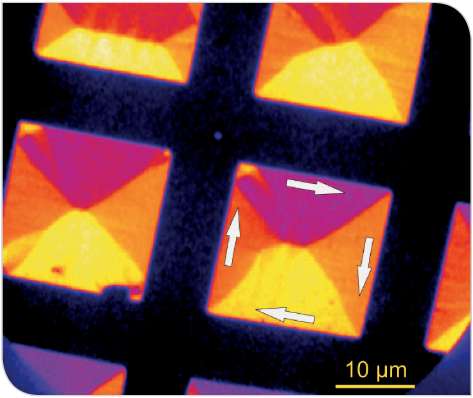Soft X-ray Microscopy
CC BY-SA 3.0
From Wikipedia on:
Wikipedia contributors. "Soft X-ray microscopy." Wikipedia, The Free Encyclopedia. Wikipedia, The Free Encyclopedia, Oct. 18, 2024.
Soft X-ray microscopy
An X-ray microscope uses electromagnetic radiation in the soft X-ray band to produce images of very small objects. Unlike visible light, X-rays do not reflect or refract easily, and they are invisible to the human eye. Therefore, the basic process of an X-ray microscope is to expose film or use a charge-coupled device (CCD) detector to detect X-rays that pass through the specimen. It is a contrast imaging technology using the difference in absorption of soft X-ray in the water window region (wavelength region: 2.34–4.4 nm, photon energy region: 280 – 530 eV) by the carbon atom (main element composing the living cell) and the oxygen atom (main element for water).
Read more about 'Soft X-ray microscopy' at: WikipediaWikipedia contributors. "Soft X-ray microscopy." Wikipedia, The Free Encyclopedia. Wikipedia, The Free Encyclopedia, Oct. 18, 2024.
Soft X-ray Microscopy in Helmholtz Imaging CONNECT:
Expert
Helmholtz Imaging Support
Helmholtz Imaging offers support for any imaging challenge, independent of the modality.
If you do not find the expert here you are looking for, please don't hesitate to contact us!
No application found.
No instrument found.
No solution found.
